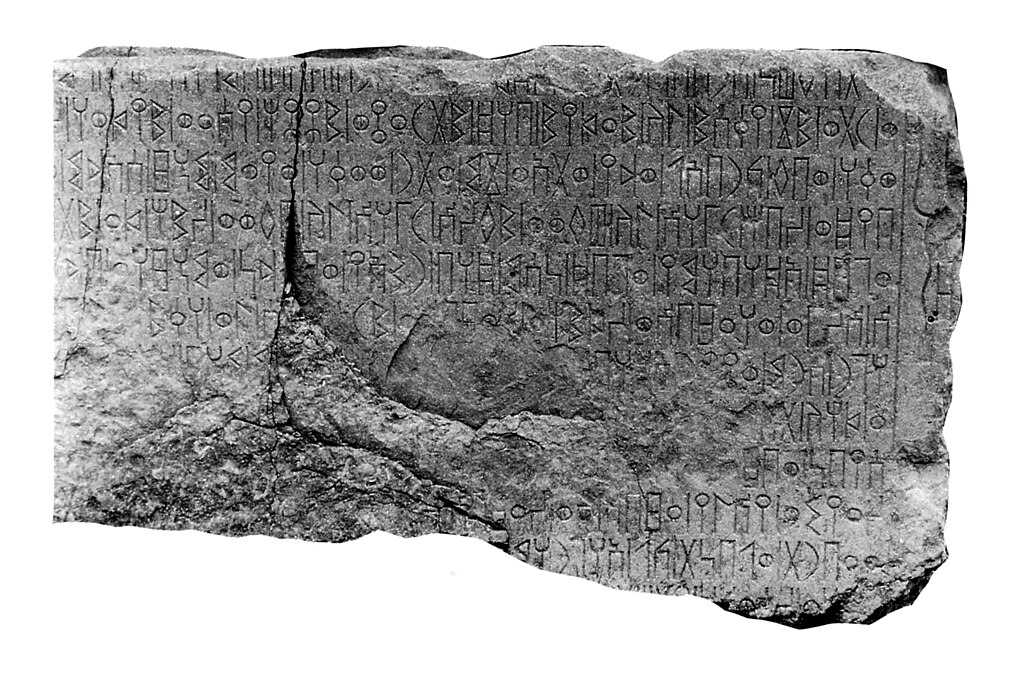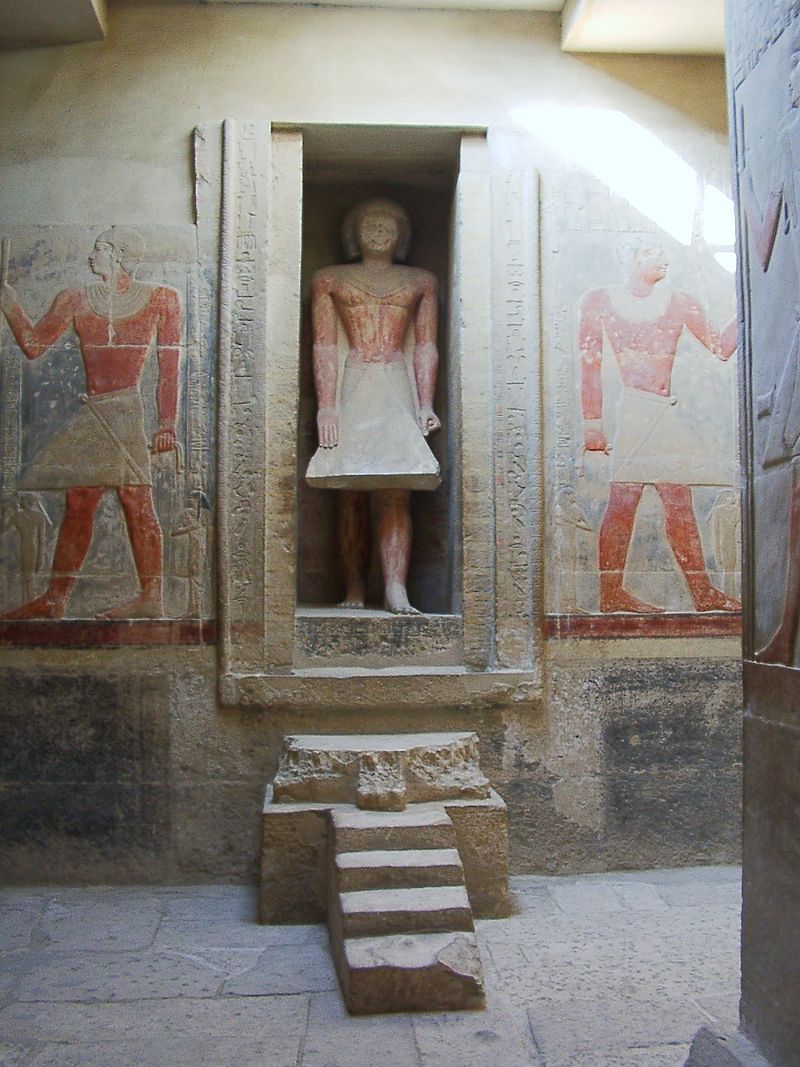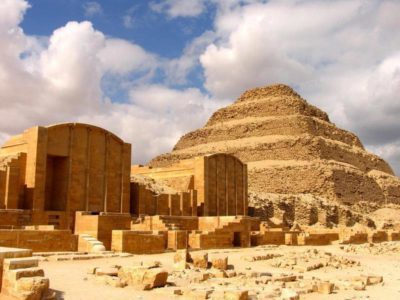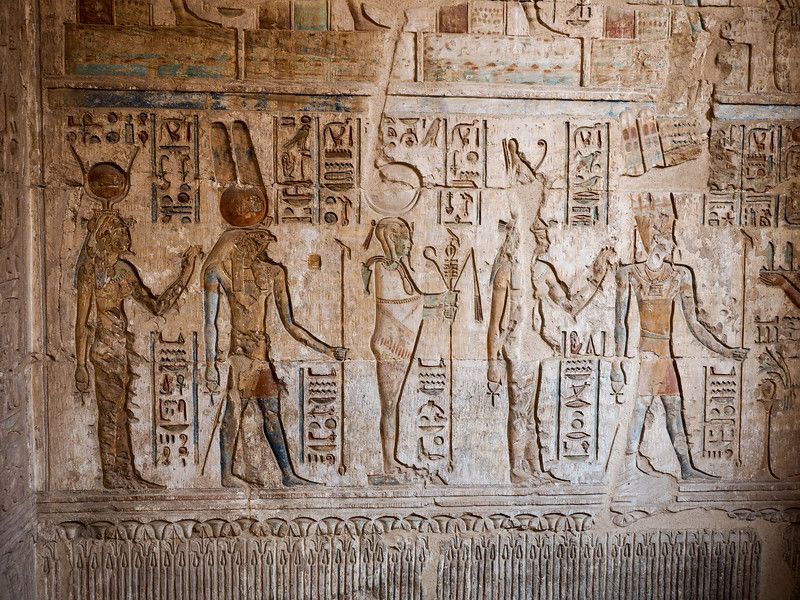Hello everyone. I hope you enjoy this week's episode of the History of Africa Podcast. Anyways, there will be no premium episode for patrons this week (sorry!), but the posting of premium content will resume again next week. Anyways, we would really appreciate it if we could get your help in supporting the show, as we're currently 1/4 of the way to completing our current goal and to pay for hosting of the show. Here is the link if you'd like to support the show and receive access to premium content. The donations help keep the show alive, and I work really hard on the episodes, so your support is appreciated very much.
Anyways, here's a quick correction or comment on the episodes so far. I've been using the term "pharaoh" to describe Egyptian monarchs throughout our episodes. However, I feel like I should point out that the term pharaoh did not come into use until the New Kingdom period of Egypt, so I'm pushing a little too far into the future with my use of it here. Regardless, the term is so integrated into our cultural conception of Egypt that I feel like I would be pushing against hundreds of years of established Egyptology and confusing viewers in the process by refusing to use the term pharaoh.
So, in this week's episode, we learned about Seth-Peribsen, an upper Egyptian pharaoh who demoted Horus in the Egyptian pantheon and instead worshipped Seth, the god of the desert, chaos, and foreigners, as his primary deity.
Here you can see the symbol of Seth prominently featured atop Peribsen's serekh, or royal seal. Seth's symbol was a mythological creature, referred to by Egyptologists as the Seth animal. For comparison, here is a more standard Serekh (in this case, Hotepsekhemwy's) featuring the falcon, symbol of Horus.
And finally, the Serekh of Khasekhemwy, who unites the symbols of the gods atop his serekh.
Some egyptology enthusiasts might be surprised to see the worship of Seth in such a mainstream sense. Seth is usually depicted as a god of chaos and evil deeds, an enemy of the god Horus. His most famous story involves him mutilating Osiris and stealing the throne. So how could worship of such a negative god be so mainstream? Well, Seth was not always seen as an evil force in the Egyptian religion. As we learned in episode 3, Seth's origins come from the protector deity of Nekaterion. He was viewed as an important and integral part of the Egyptian pantheon throughout most of Egyptian history, and most myths from this time depict him positively. For example, it is Seth who protects the sun god Ra from the killer snake Apop. So, when did Seth's depictions turn so negative?
Well, Seth's image took a turn specifically due to his status as the god of foreigners. With the migration of the Hyksos into Upper Egypt, it is said that their ruler exclusively worshipped Seth, tarnishing the image of this god in the minds of the indigenous Egyptians. However, worship of Seth continued after the expulsion of the Hyksos, and it wasn't until the conquest of Egypt by the Assyrians, and later the Persians under king Cambyses that Seth's image as the god of these foreign conquerers truly became one of a demon. This is when Seth, the demon of chaos and disorder, emerges in mythology, and where many of the myths we know of him come into being.
Anyways, again, please help support the show so we can pay for hosting. Thanks for reading, and I hope you'll listen next week.


































